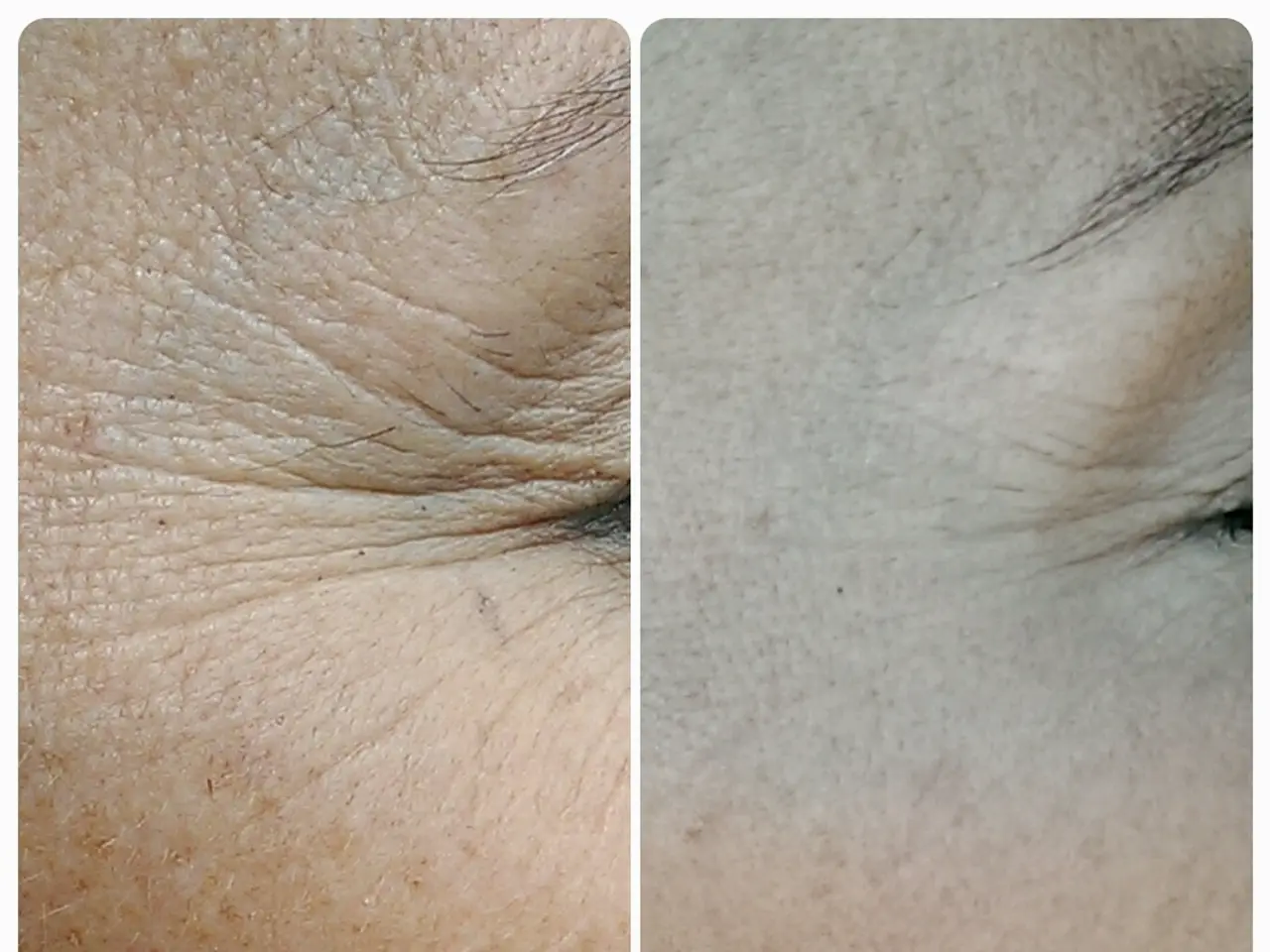Maternity Support Products Explored: Advantages and Disadvantages of Belly Bands
Pregnancy and the postpartum period can bring a host of physical changes and discomforts, but there are solutions to help alleviate some of these challenges. Belly bands, maternity belts, and postpartum wraps have gained popularity as effective tools for providing support and pain relief during these phases.
These garments offer various benefits, starting with their ability to support and alleviate discomfort in the abdomen and lower back. Belly bands and maternity support belts provide external support to the pregnant abdomen and lower back, which can reduce strain on muscles and ligaments, improve posture, and help manage pelvic girdle pain (PGP). Postpartum belly wraps and girdles offer abdominal and back support after childbirth or C-section, easing discomfort and supporting core muscles, particularly after surgical delivery.
Improved posture and mobility are other benefits of pregnancy support garments. By stabilising the pelvis and lumbar area, these garments can help reduce fatigue and discomfort from altered body mechanics during pregnancy. Additionally, they can aid in recovery by holding muscles and ligaments in place, potentially speeding recovery and helping some women feel more confident in their body shape as it changes after birth.
However, it is essential to use these garments prudently, respecting timing, fit, and individual health conditions. Overuse or inappropriate use can lead to muscle weakness, circulation problems, or digestive issues. Wearing these garments while sleeping is generally discouraged to allow skin breathing and avoid circulation issues.
It's important to note that these garments are not a weight-loss or tummy-flattening solution. There is no medical proof that they physically reduce tummy size or shrink the uterus; benefits are more about support and comfort rather than actual body shape alteration. Over-reliance on girdles or wraps for “shaping” without exercise and diet is not advised.
Traditional or tight girdles are not recommended during pregnancy because they are too restrictive and can pose risks to the mother and fetus. Postpartum garment use should be timed correctly; for example, after C-section, it’s advised to wait 6 weeks for incision healing before using belly wraps. Women with complicated deliveries or abdominal issues should avoid postpartum girdles unless cleared by a healthcare professional.
Consulting a certified gynecologist or physical therapist before beginning use of support garments postpartum is advisable for personalised guidance. Typically, postpartum belts or girdles are worn about 10 to 12 hours daily, starting gradually and not during sleep. The duration of use can be around 6 weeks to 2 months postpartum, aligning with the phase of abdominal muscle recovery.
In summary, belly bands, maternity belts, and postpartum wraps can provide effective support and pain relief during pregnancy and postpartum phases, improve posture, and aid in recovery. However, they must be used prudently, respecting timing, fit, and individual health conditions. Professional consultation before use is important to ensure safety and effectiveness.
- science and health-and-wellness researchers might predict that aq (abdominal q-binder, a type of belly band) could become increasingly popular in the health-and-wellness sector, owing to its predictive benefits of alleviating discomfort during pregnancy and postpartum phases.
- If a woman experiences depression during the postpartum period, she might find relief by wearing a pfizer-developed postpartum wrap designed to provide support and alleviate physical discomfort, thus indirectly promoting mental well-being.
- In the realm of predictive science, scientists may consider studying the long-term effects of prolonged use of anxiety-reducing pregnancy support garments, such as maternity belts and postpartum girdles, on the mental health and emotional well-being of new mothers.




